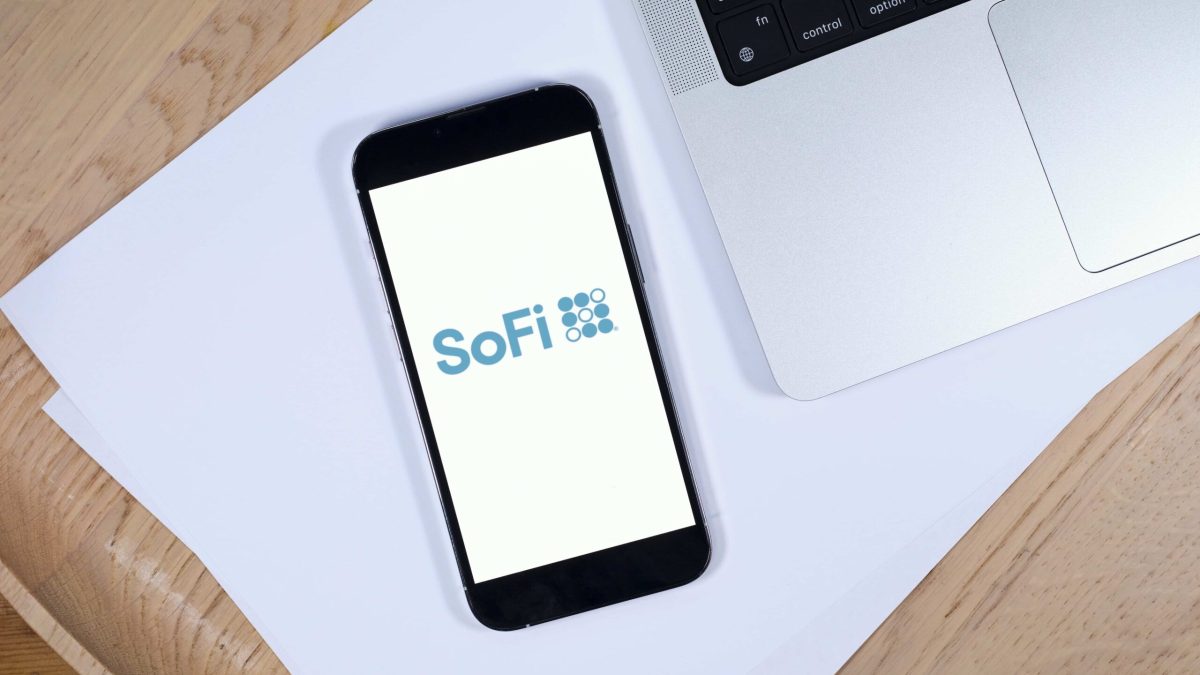SoFi Technologies’ shares dipped by as much as 11% on Tuesday morning open despite reporting impressive earnings before beginning to pare losses, as experts attributed the dip to a breather in the rally that the stock has witnessed heading into earnings.
The drop followed a strong pre-market rally and came after a significant 53% rise in the past three months, driven by investor anticipation and favourable performance among fintech peers like LendingClub.
At 10:29 am, the stock was still trading in the red, down by more than 8%, but had cut some losses since open.
The stock just hit a 52-week high of $11.34 on October 25 and still sports a 43.2% year-over-year lead as it continues to trade above most long- and short-term moving averages.
Strongest quarter in our history: CEO
SoFi’s Q3 revenue came in at $697 million, a 30% increase year-over-year, beating FactSet analysts’ projections of $636 million.
The company posted earnings per share of 5 cents, surpassing the 4-cent consensus.
The results highlight the firm’s success in expanding its financial-services and technology segments, which now make up nearly half of SoFi’s adjusted revenue, up from 39% the year before.
CEO Anthony Noto described the quarter as “the strongest in our history,” attributing the success to SoFi’s durable growth strategy, innovation, and strong brand.
The company added 756,000 new members during the quarter, raising its total to almost 9.4 million.
Improved credit performance drives optimism
One of the standout aspects of SoFi’s quarterly results was its credit performance.
SoFi reported a charge-off rate of 3.52%, down from 3.84% in the previous quarter.
The company also managed to lower its net charge-off rate to around 5.0%—a decline that impressed analysts.
Mizuho’s Dan Dolev called the trend “an important sigh of relief,” noting that rising delinquencies were previously a major investor concern, MarketWatch reported.
Timothy Switzer of Keefe, Bruyette & Woods shared a similar view, emphasizing that credit improvements are SoFi’s primary positive takeaway.
“Deteriorating credit trends would provide the most negative impact to SoFi’s capital and valuation,” Switzer explained, adding that credit peaks a quarter earlier than expected, signaling resilience in SoFi’s portfolio.
Lending growth and guidance boost
In terms of lending, personal-loan originations surged 26% to a record $4.9 billion, and student-loan and home-loan volumes also showed strong year-over-year growth.
This lending growth was a positive indicator for SoFi’s market share in consumer lending.
With these results, SoFi increased its full-year adjusted earnings before interest, taxes, depreciation, and amortization (EBITDA) guidance to $640 million to $645 million, up from its previous range of $605 million to $615 million.
Similarly, the company raised its adjusted net revenue outlook to between $2.535 billion and $2.550 billion.
Jefferies analyst John Hecht called the guidance upgrade “positive,” highlighting that it exceeds the Q3 earnings beat.
Analysts like Hecht view SoFi’s strategic shift toward capital-light, fee-based revenue streams as a durable path for growth.
While SoFi’s Q3 results exceeded Wall Street’s expectations, investors may have already priced in the strong performance, given the recent surge in shares.
Analysts are now watching closely to see if SoFi can maintain this growth trajectory amid evolving market conditions.
The post Why did SoFi shares slide 11% despite reporting impressive quarterly earnings? appeared first on Invezz

